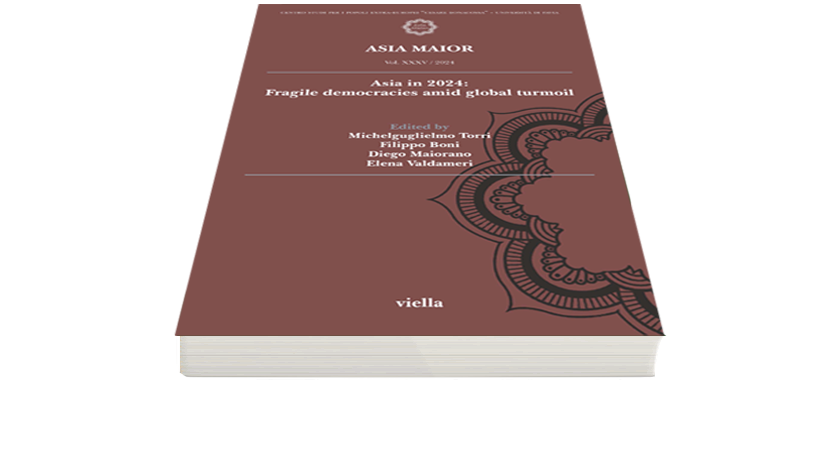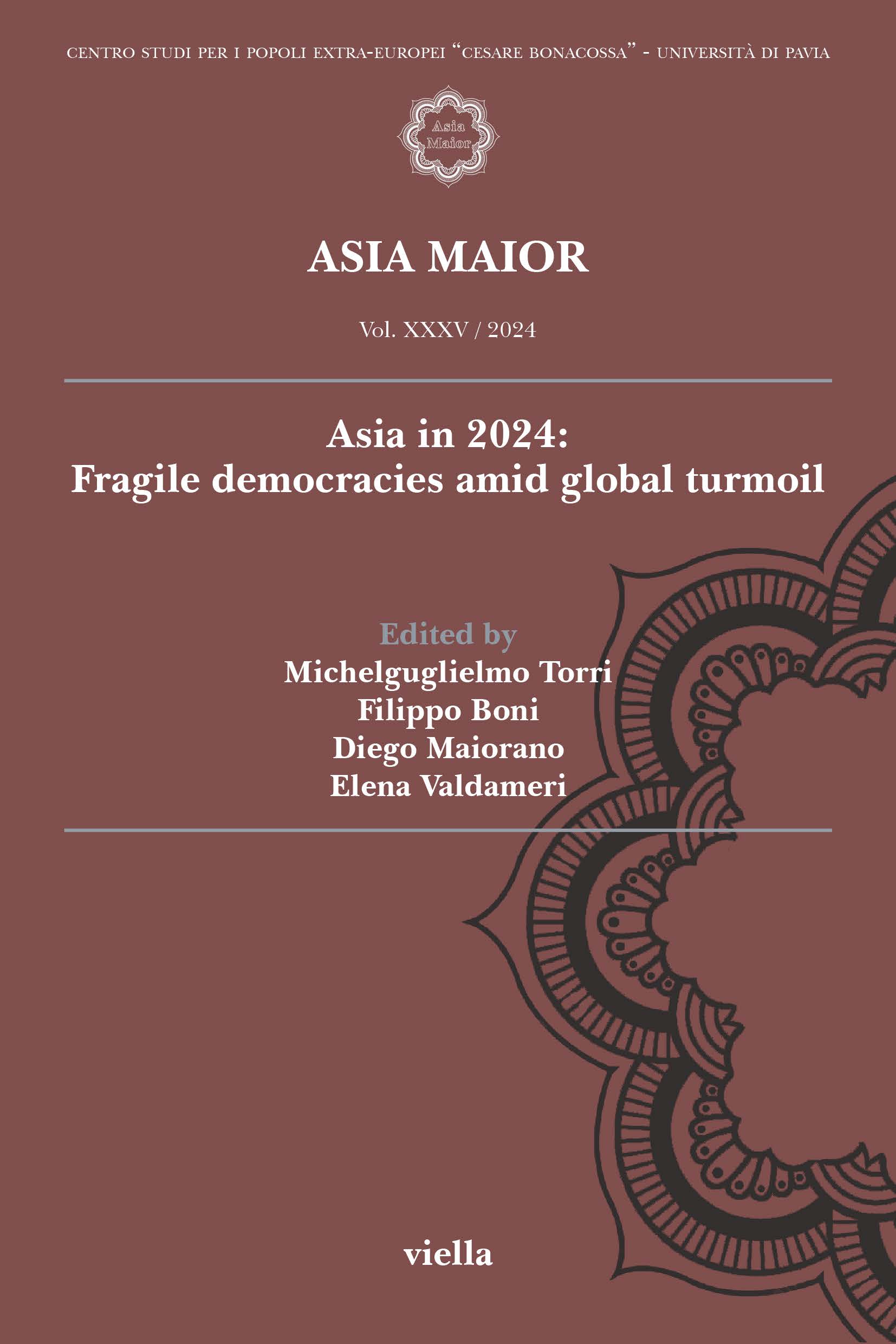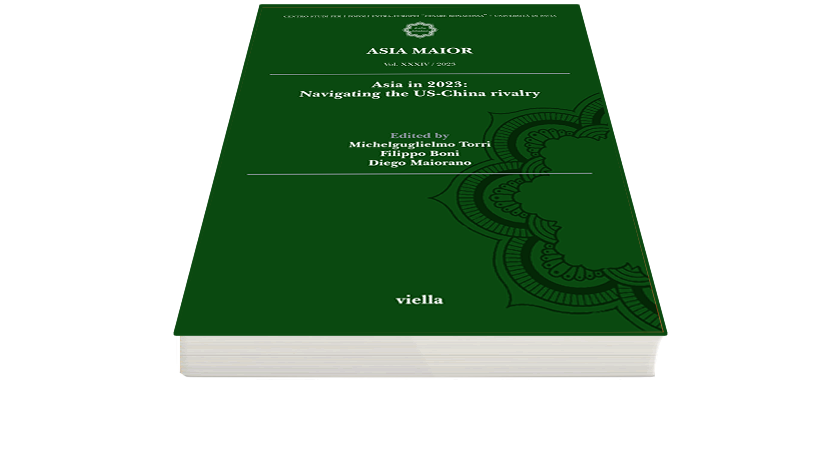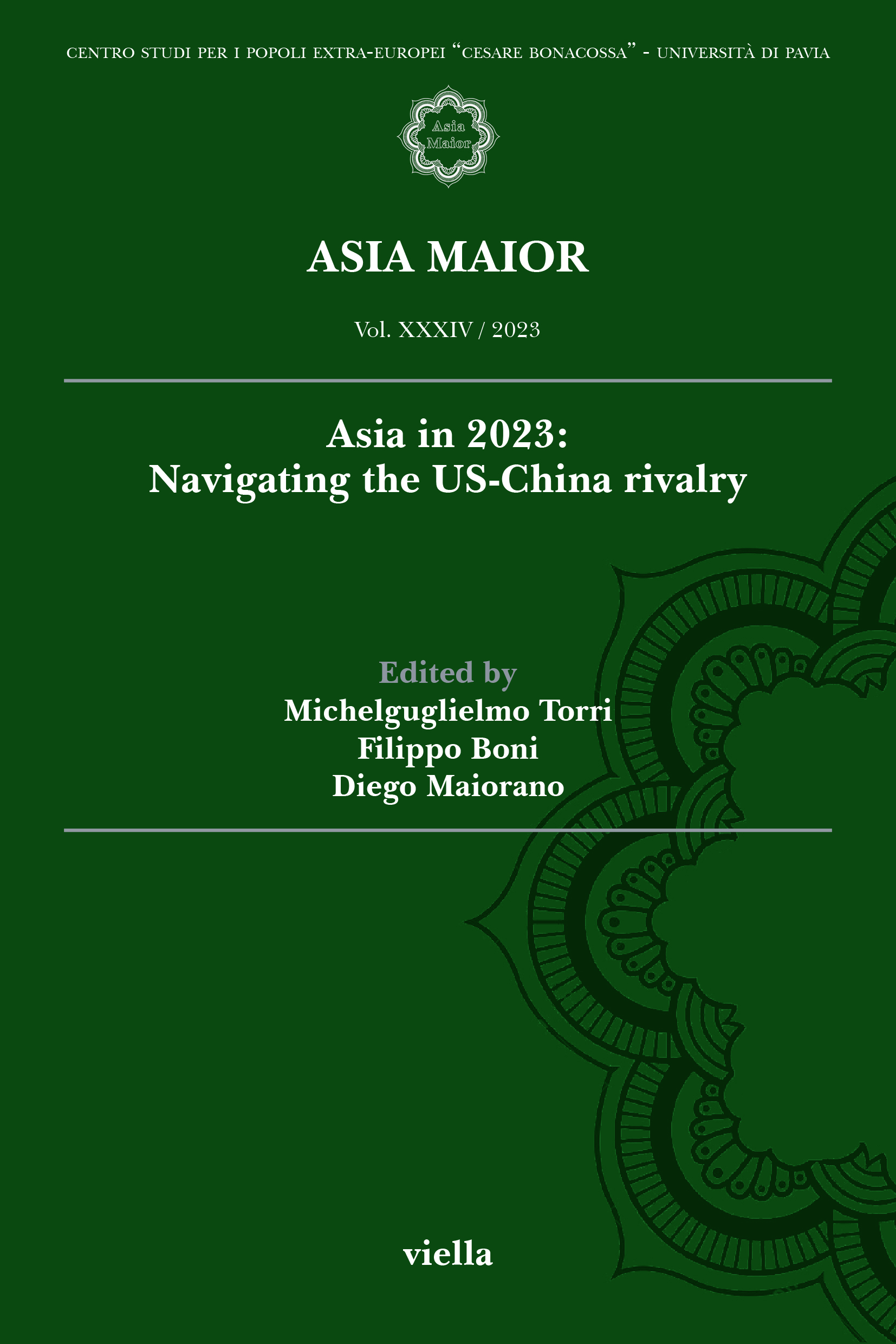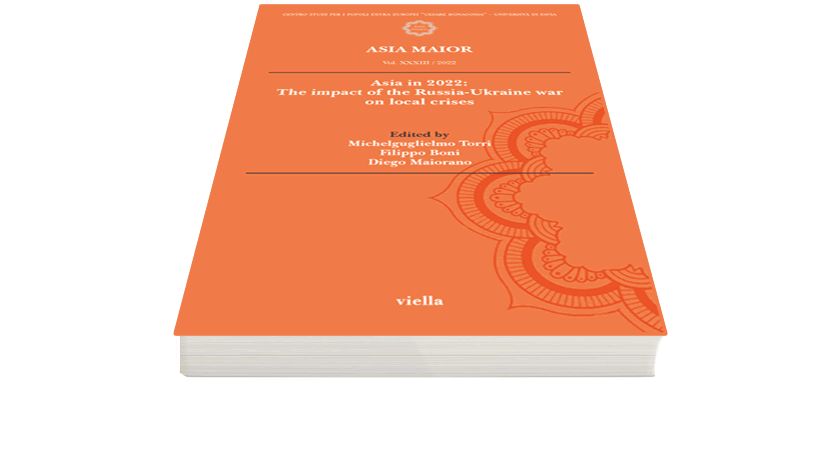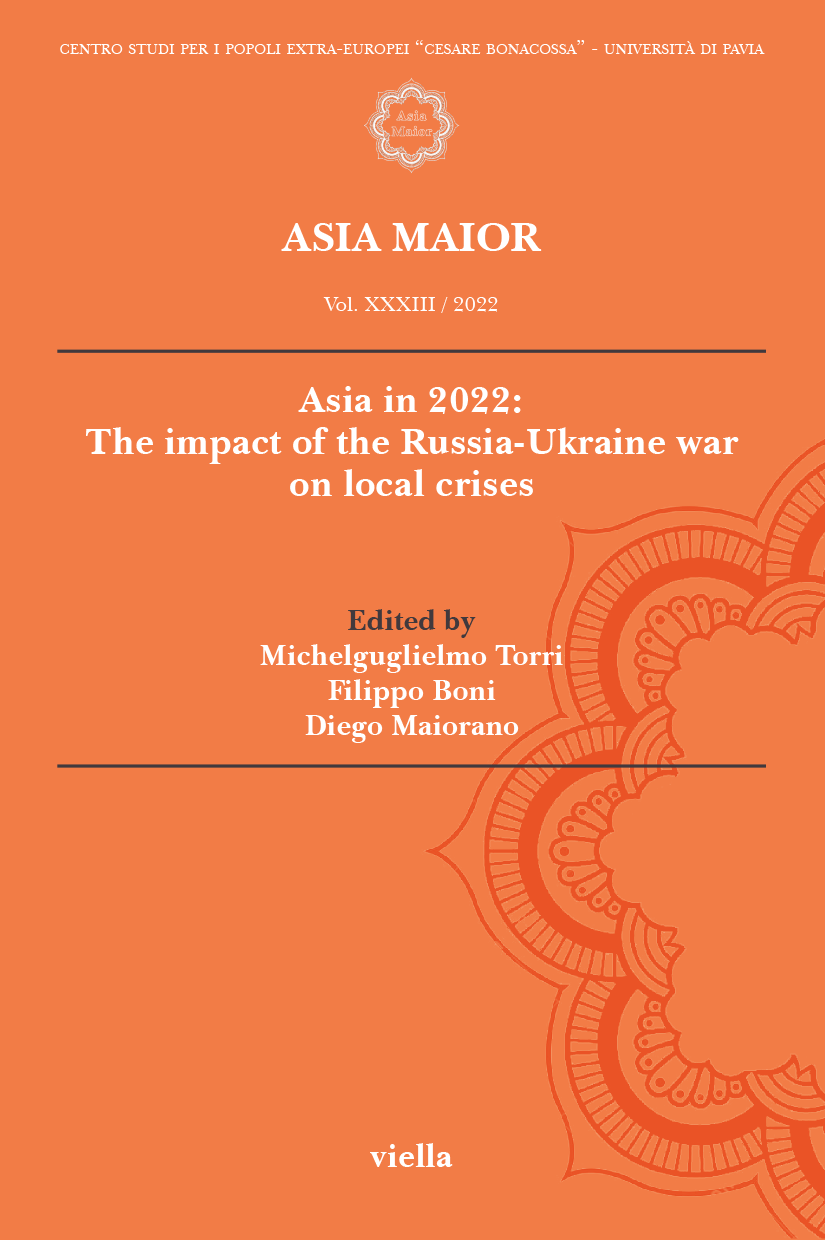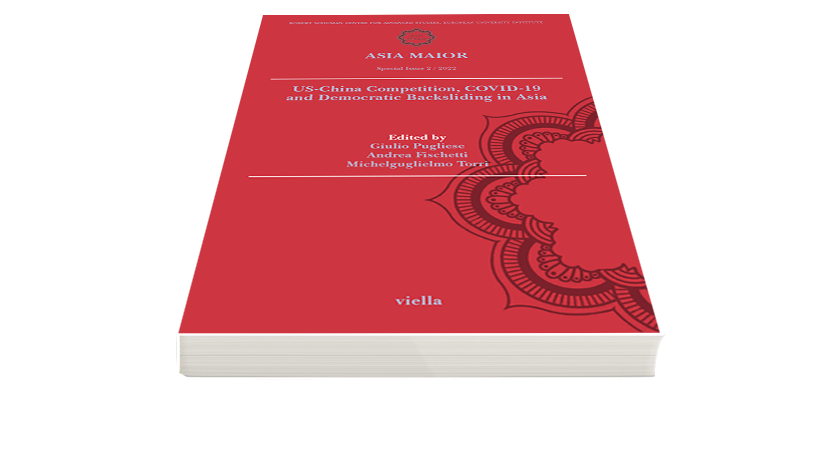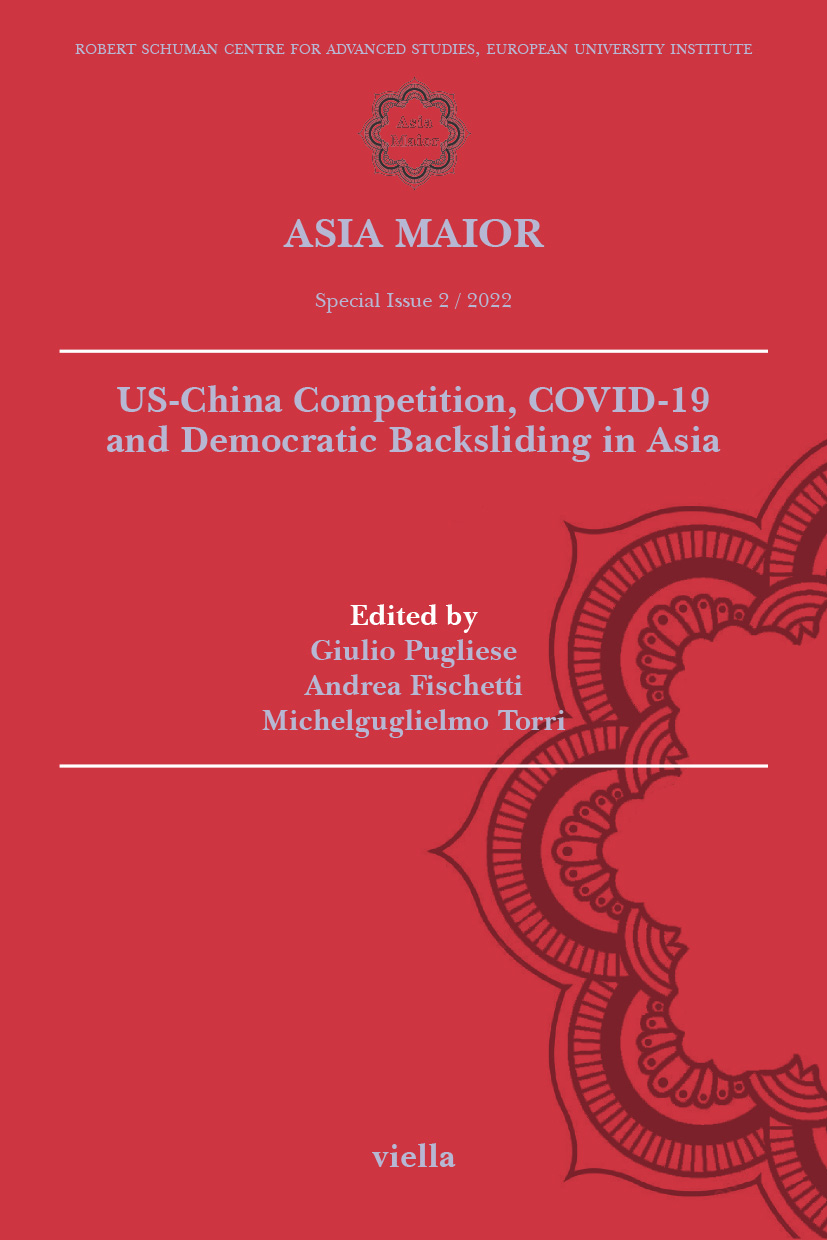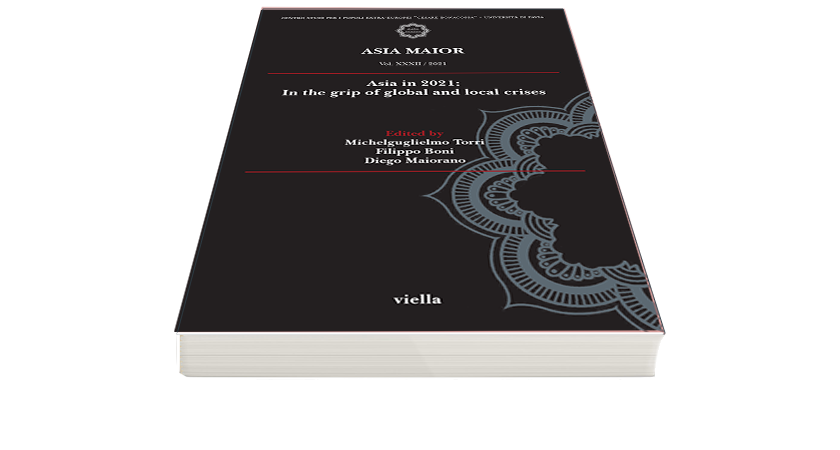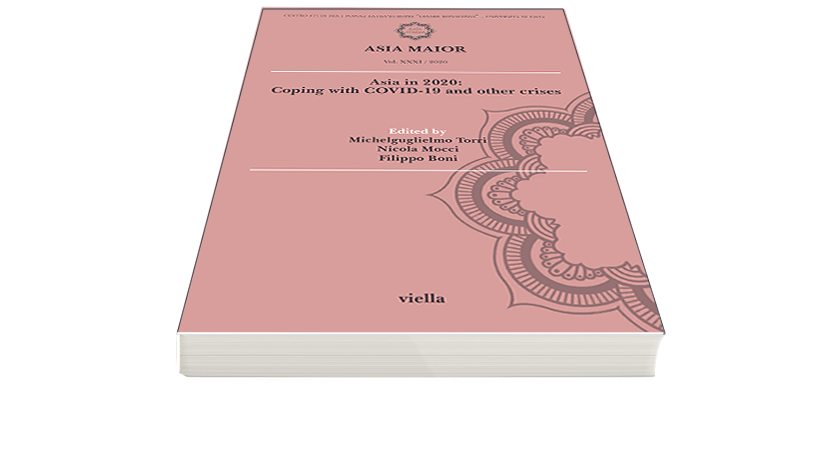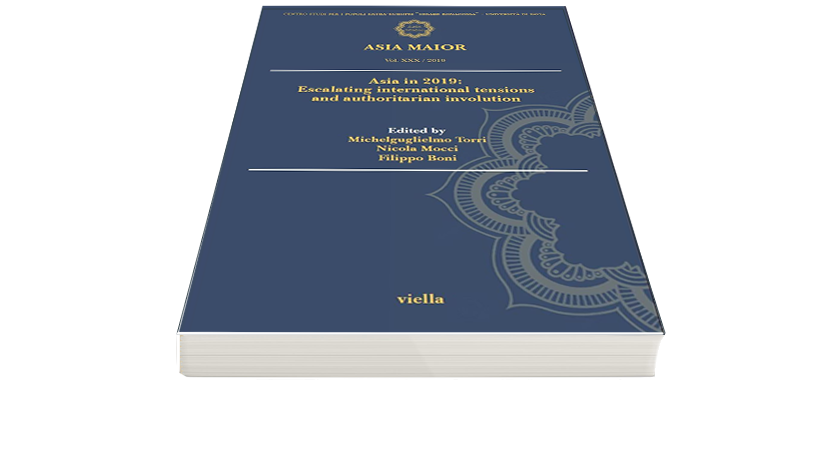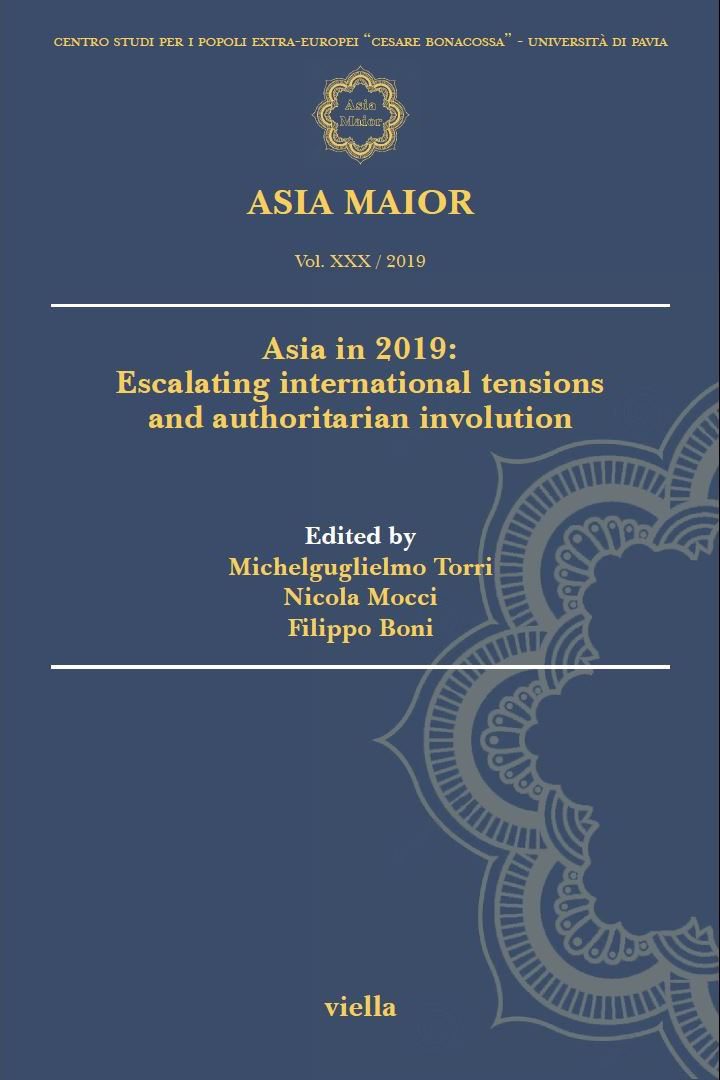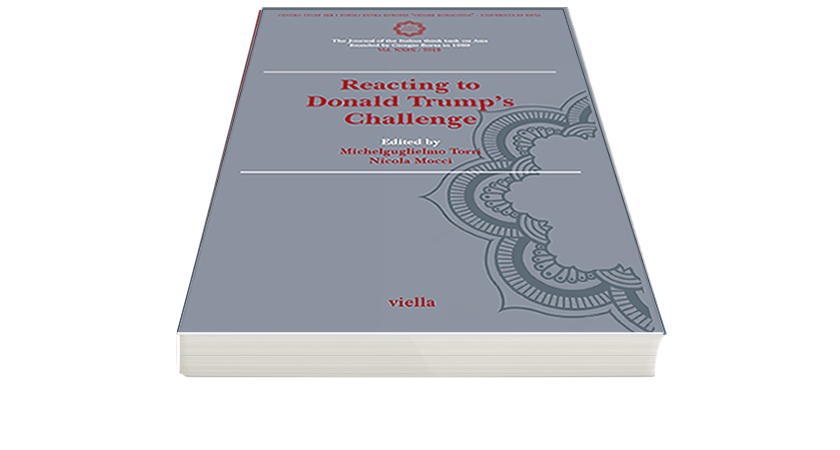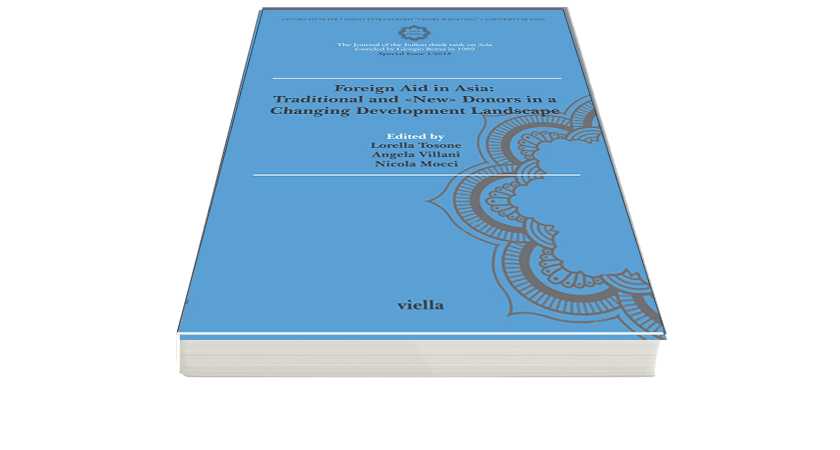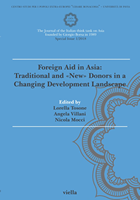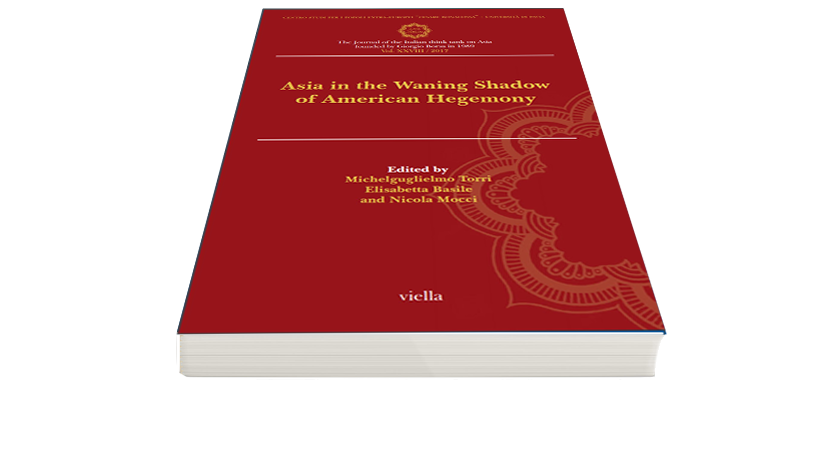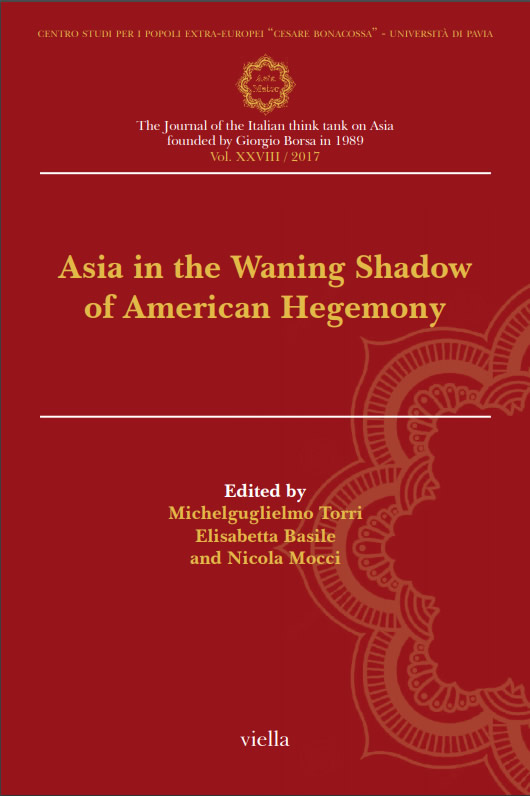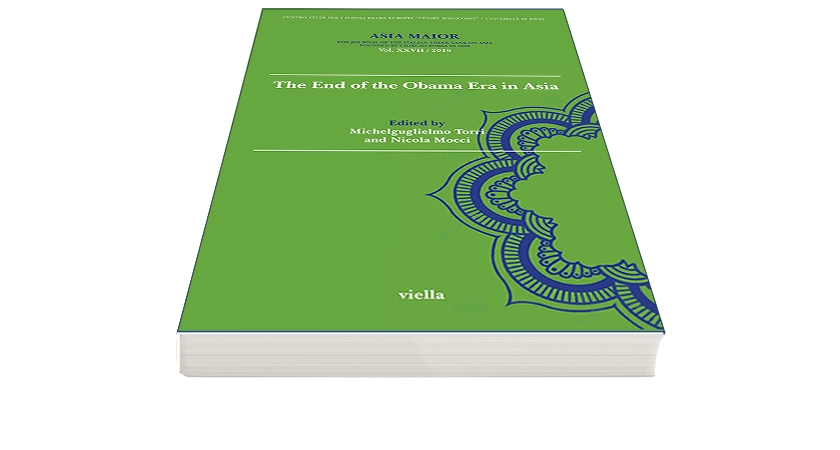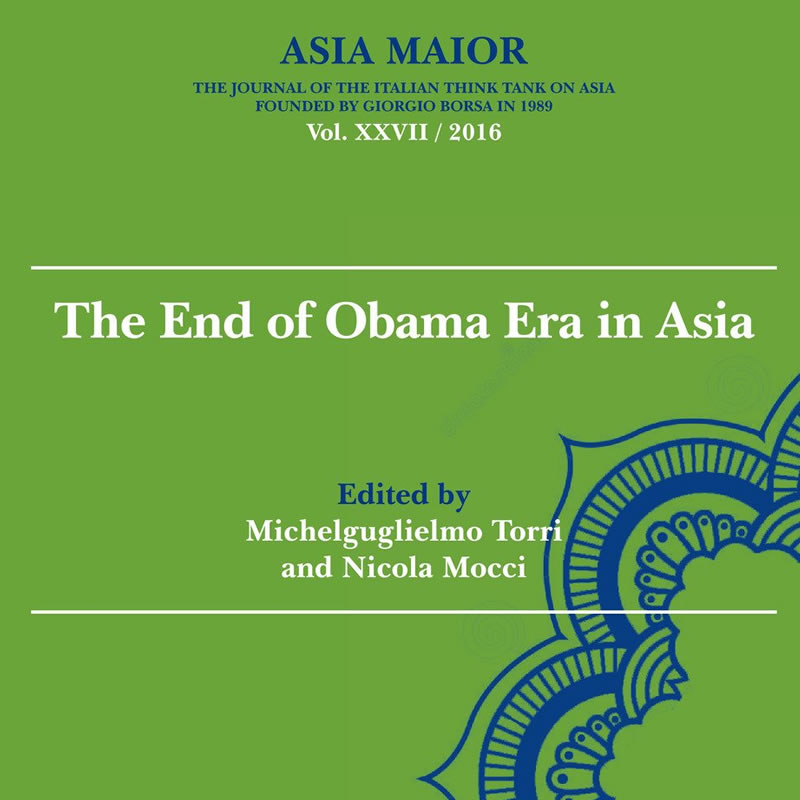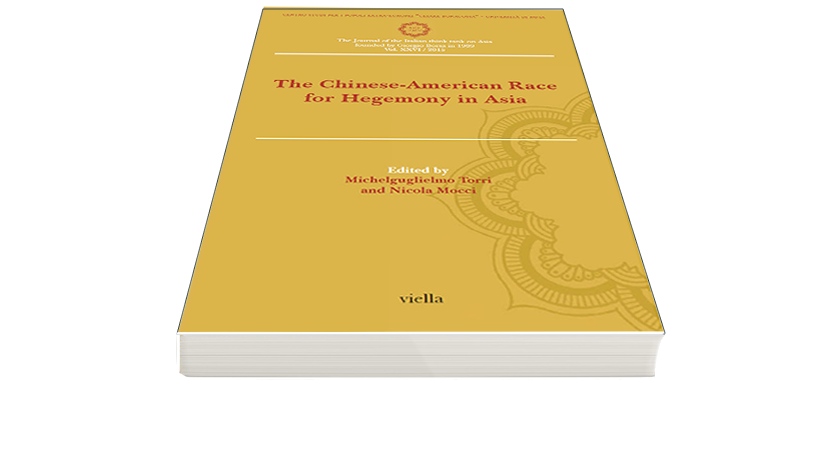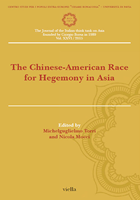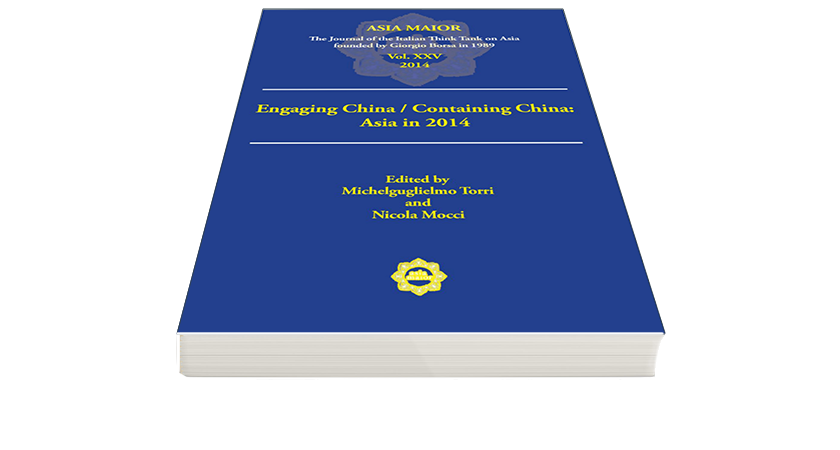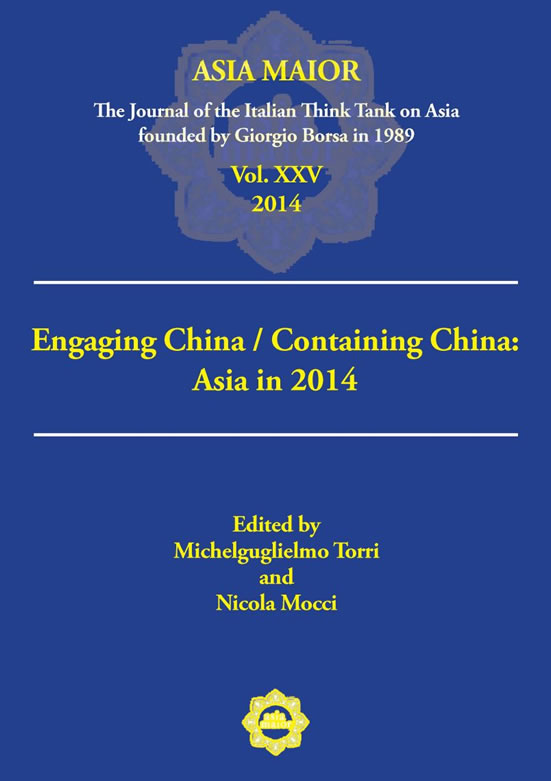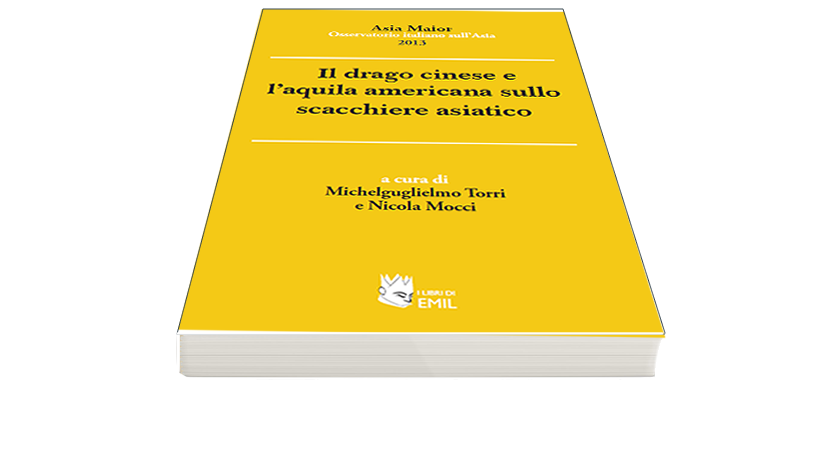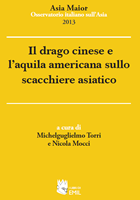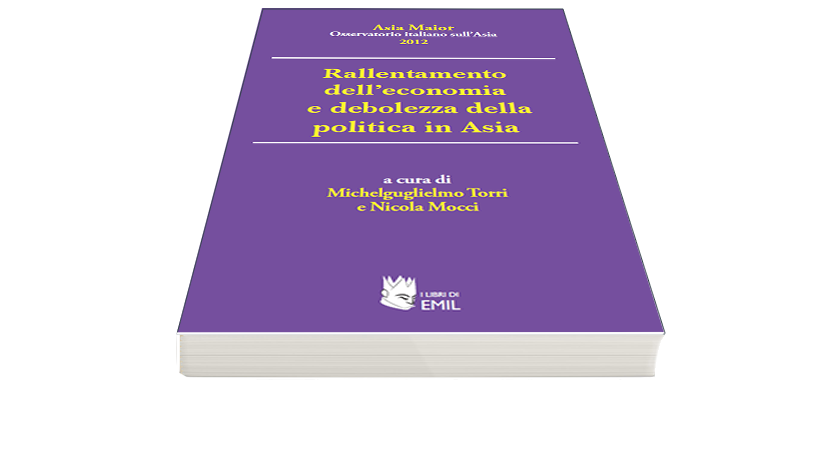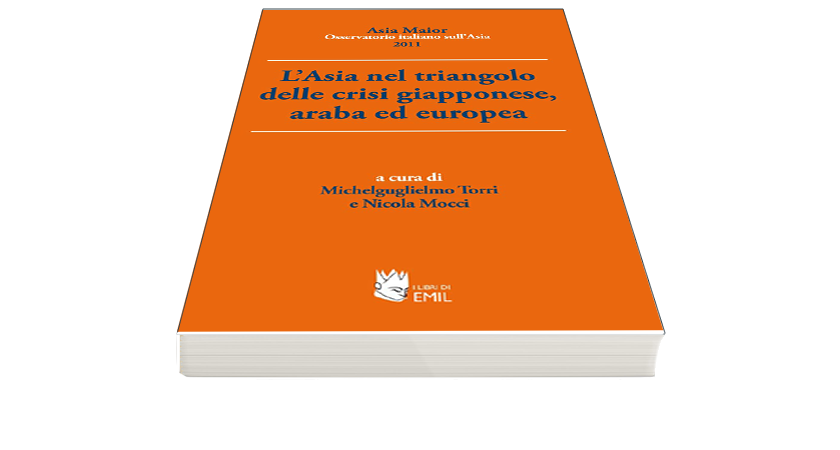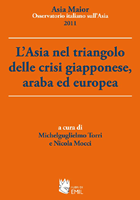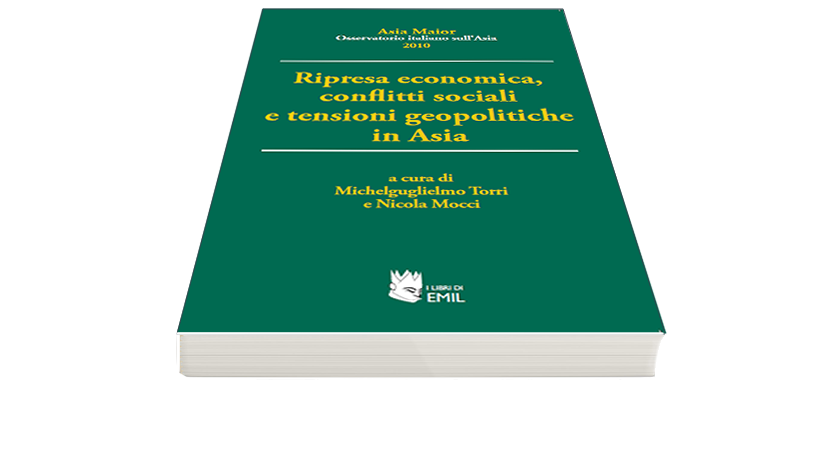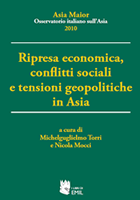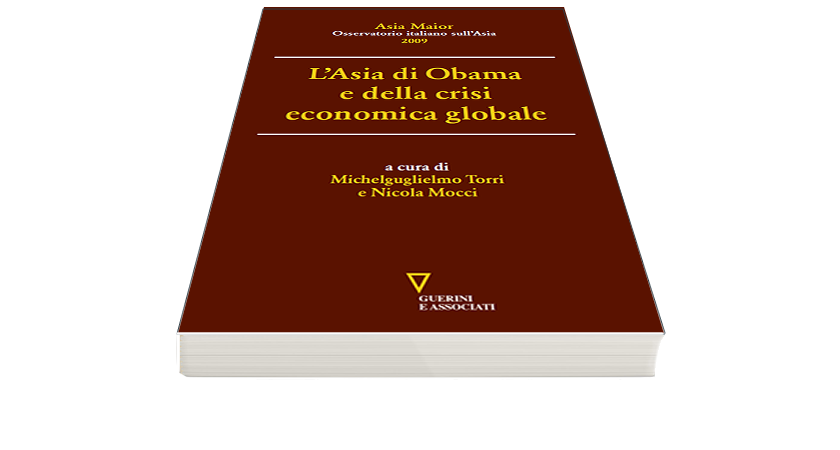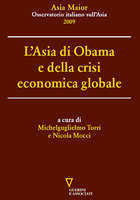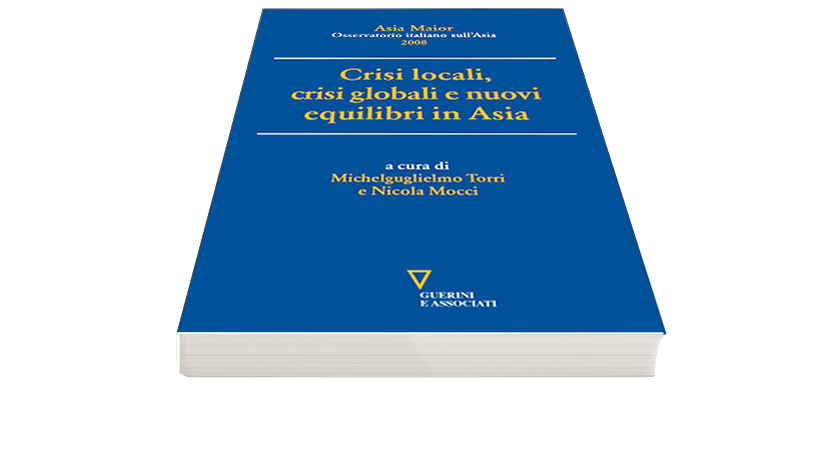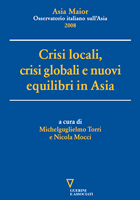Imperialism without Empire? The Swiss and their legacies of transimperial mercenarism
Available also in pdf – Download Pdf
Philipp Krauer, Swiss Mercenaries in the Dutch East Indies: A Transimperial History of Military Labour, 1848-1914, Leiden, The Netherlands: Leiden University Press, 2024, 236 pp. (ISBN 978-9-0872-8414-5).
Due to its political neutrality, economic growth, and multiculturalism, the history of modern Switzerland after 1848 has often been self-characterized as a special case («Sonderfall») within the broader dynamics of European history.6 In contrast to Europe’s tainted history of imperialism and colonialism, this distinctiveness seems justified—Switzerland never had a formal colony. However, since the early 2000s, historians such as Patricia Purtschert, Francesca Falk, Harald Fischer-Tiné, and Bernhard Schär, among others, have challenged this view by demonstrating how colonialism, along with the violence and racism that came with it, were integral to the making of modern Switzerland.7 Philipp Krauer’s Swiss Mercenaries in the Dutch East Indies is a significant contribution to this growing body of work.
At the core of the book are the stories of 5,800 Swiss mercenaries who enlisted in the Royal Dutch East Indies Army (Koninklijk Nederlands-Indisch Leger, KNIL) in the Netherlands East Indies. In tracing the stories of these young, mostly underprivileged, Swiss men, Krauer shows how young Swiss actively participated in the European colonial project throughout the 19th and early 20th centuries. Krauer’s approach is situated between two historiographical traditions: the so-called «New Military History» a trend which began in the 1960s, that examines military history through the lens of social, cultural, and economic history; and «New Imperial History» which conceptualizes empires as networks of circulation of people, objects, or ideas. In tackling this multi-pronged approach, the author builds upon Daniel Headrick’s framework in Tools of Empire (1981) by conceptualizing Swiss mercenaries as «agents of historical entanglements» or, living «tools of empire» within the broader scheme of European imperialisms.8
The book asks three main questions. What was the role of the Swiss mercenaries in the perpetuation of Dutch colonial power? How did these Swiss mercenaries interact with each other, their Dutch masters, and the indigenous population? And following Bernhard C. Schär’s conception of the «trans-imperial» what was the role of the Swiss in the construction and perpetuation of a «trans-imperial military labor market» that allowed the Dutch to recruit men for their fledgling imperial wars while also providing care and pensions to their veterans?9 Ultimately, Krauer examines how these experiences with imperialism helped shape modern Switzerland [p. 18].
In answering these questions, the book’s argument is quite straightforward. Through its participation within the European trans-imperial military labour market, «thousands of Swiss mercenaries were also deployed both outside of Europe and after the founding of the modern federal state in 1848[,]» thus contributing to Dutch imperialism and the violence that came with it» [p. 153]. The book’s primary contribution is to reposition the Swiss as active players in European imperialism abroad—and show how this participation shaped the history of the modern Swiss nation-state.
In Chapter II, Krauer provides an overview of the shape and dynamics of the trans-imperial military labour market that emerged in 19th century Europe. He points out that during the second half of the 19th century, the Dutch employed Swiss mercenaries in large numbers. This was due to the Dutch wars of colonial expansion in the Malay Archipelago, namely the costly Java War (1825-1830) and the Aceh Wars (1873-1912). Meanwhile, the European economic crisis of the 1870s also provided a steady supply of young volunteers to the Netherlands [p. 44]. Beyond socioeconomic motivations, Swiss volunteers were drawn by the allure of adventure and the prospect of traveling to the far-flung East Indies [p. 64].
Of course, the life of a colonial soldier was not all adventure, pomp, or glory. In addition to the rigors of military training, Chapter III vividly illustrates how Swiss soldiers encountered the monotony and boredom of military discipline, the social and racial hierarchies in the colonies, the threat of tropical diseases, disillusionment (and insubordination), and ultimately, the nature of colonial violence itself. The author contends that «Swiss mercenaries contributed in various manners to the maintenance and proliferation of a colonial regime of awe, fear, and violence» [p. 80]. The vivid accounts from Swiss mercenaries – such as Jean Aimé Theodore Humberset, who noted in his diary how his unit burned down several villages during the Borneo War against the Sultanate of Banjarmasin (1859-1863); Karl Schmid, who «praised the courage of a compatriot who sneaked behind enemy lines and set fire to a village» during the Aceh War (1873-1912); or Hans Christoffel, who, as a unit commander in the infamous Marechausee, oversaw the violent counterinsurgencies against the Alas and Gayo people during the Aceh War in 1904 [p. 80]. Three years later, in 1907, Christoffel and his unit were deployed to Flores, where they massacred 795 people in a three-month long expedition [p. 82]. Just like the other Europeans in the KNIL, the Swiss recruits originated from the lower strata of society, and they ultimately became perpetrators of colonial violence [p. 83].
In addition to the normal ebb-and-flow of martial life, the author also discusses the Swiss mercenaries’ relationships with local concubines (njai) and the sexual life of the soldiers. Speaking about the ‘vices’ of barracks, Krauer explains how concubinage, abolished only in 1913, was often exploitative and abusive [p. 84]. Swiss soldiers recorded their own racialized views of these relationships – Heinrich Brandenberger, for instance, complained how the njais «kept up to six men at a time». and Arnold Egloff calls the njai was «like a cat», as she «did not remain faithful» and «only loved money, but not the man who would give it» [p. 84]. The mixed-race children of these relationships, often abandoned and/or marginalized, became an underclass within Indies society [p. 85]. However, some Swiss also married their njais and brought them back to Switzerland, such as Brandenberger, who married Lina Sampet in 1911, and settled with her in Switzerland in 1920 [p. 85].
One of the book’s most interesting aspects is its analysis of how Swiss participation in imperialist projects helped shape Swiss national identity. Quoting historian Rudolf Jaun, the author notes that in the absence of military victories or defeats due to its neutrality, Switzerland instead built its martial-nationalist discourse upon the battles fought by Swiss mercenaries from the 16th to the early 19th centuries.10 However, after the formation of the Swiss federal state in 1848, the state distanced itself from the colonial mercenary histories, as they were considered anathema to the self-perceived liberalism of the Swiss political class [p. 65].
The lasting influence of colonialism was also evident in a domain for which Switzerland is renowned for – finance. Central to Chapter IV are the flows of remuneration, from the Dutch colonies and the metropole to the Swiss state, which resulted from the business of mercenaryism. To be fair, colonial soldiers were not a path to wealth. Recruits did accept large signing bonuses when securing their contracts, but most of these funds circulated domestically as they were mostly spent in the colonial training depots of Harderwijk and Nijmegen [p. 97]. In terms of regular pay, however, the levels were quite low – a fact that is well-established in the literature. A soldier’s weekly pay was one guilder in 1860, an amount which only increased marginally to 1,65 guilders in 1867 [p. 99]. According to the author, what was important was the constant transmission of pensions and veterans benefits to retired mercenaries in Switzerland. The transfer of these monies depended upon the «trans-imperial labour market» established a century earlier, which consisted of a network of actors and institutions, first the Dutch Consul General in Bern; Dutch private companies J. van Daehne & Co., Furnée & Co., and C.J. Sutterheim; and Swiss Cantonal War Commissioner (such as the one in Basel), and Swiss banking service providers such as Marcuard & Cie [pp. 103-5]. Many of these institutions employed Dutch officials and former Swiss mercenaries or other citizens that had direct experiences in the Dutch colonial sphere. The author suggests that the flow of colonial money from the mercenaries – either from signing bonuses, legal or illegal compensation, or pensions and veterans’ disability benefits – supported the livelihoods of the poorer strata of Europeans, even for a country without colonies such as Switzerland.
Ultimately, in chapter V, the author endeavours into post-colonial studies, as he discusses the discursive representation of imperialism and colonialism through the general collective memory of the Swiss nation. Building upon Gloria Wekker’s work on the Dutch Empire, the author traces how, through the mercenaries’ «colonial gaze» reflected through letters, postcards, memoirs, diaries, and newspaper articles, the Swiss became active participants in the long history of European colonialism.11 These personal archives of Swiss mercenaries contain what the author calls the permeation of a «colonial logic» that was built upon a dynamic relationship between the «European self» vis-à-vis the «extra-European other» [p. 128]. The Swiss mercenaries ultimately reproduced the colonial stereotypes of Javanese, Malay, or other «natives» as «simple people», «easily contented», or having a generally «peaceful character».12 Meanwhile those from the Outer Islands (Sumatra, Kalimantan, Sulawesi, or other islands) were considered «savages» the Chinese and Arabs were «untrustworthy», as they were traders – one even compared them with Jews (!), and so on [pp. 130-5]. These stereotypes and discourses were distributed and transmitted to the lower classes of urban and rural Switzerland [p. 149]. So much, perhaps, for «Sonderfall Schweiz».
While the book makes use of an impressive range of German, French, and Dutch official and private sources – from archives to diaries and photographs – the book’s reliance upon European sources means that indigenous perspectives remain largely absent, albeit for a few exceptions. In terms of racial stereotypes, perhaps it would be beneficial to see how the indigenous population viewed the German-speaking members of the KNIL in comparison to their other counterparts. Further, the book could have benefited from the voices of other actors – such as Swiss financiers, traders, engineers, plantation owners, or missionaries. Another interesting path to take is, of course, to examine how other European nation-states benefited from colonial flows of mercenary renumeration such as the case here with the Swiss.
Swiss Mercenaries in the Dutch East Indies makes a significant contribution towards the historiography of Swiss exceptionalism by revealing Switzerland’s entanglements in European imperialism. In tracing the personal accounts of Swiss mercenaries within the KNIL and the networks that they produced, the author offers compelling evidence that Switzerland was an active and complicit actor in Europe’s colonial history. The book’s strongest contribution lies in its rich multilingual archival work and its ability to connect the Swiss tradition of mercenaryism to the broader debates on the nature and consequences of Dutch and European colonial, racial, and economic entanglements abroad. In this regard, Swiss Mercenaries in the Dutch East Indies serves as a crucial addition to the literature on Switzerland’s global history and her role in the European global imperial networks.
Asia Maior, XXXV / 2024
© Viella s.r.l. & Associazione Asia Maior
ISSN 2385-2526

